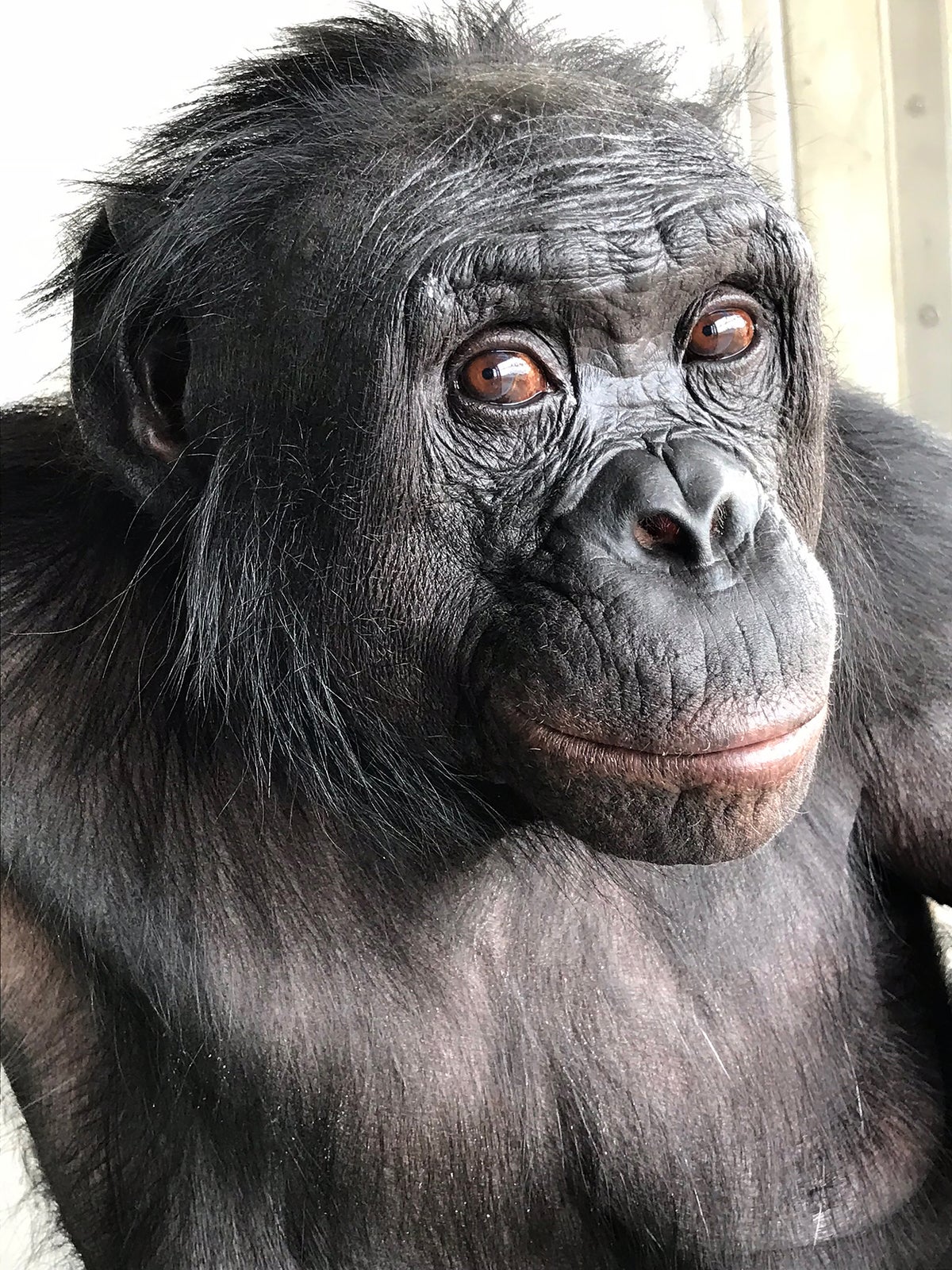Now Reading: Kanzi the Bonobo, Famed for Language Skills and Tool-Making, Dies at 44
-
01
Kanzi the Bonobo, Famed for Language Skills and Tool-Making, Dies at 44
Kanzi the Bonobo, Famed for Language Skills and Tool-Making, Dies at 44

Quick Summary
- Kanzi the bonobo, a primate known for his remarkable cognitive abilities, died on March 18, 2025, at the age of 44.
- Raised in captivity, Kanzi gained recognition for learning adn using hundreds of symbols on a lexigram keyboard to communicate with humans.
- Unlike other apes trained in language skills (e.g., Koko and Washoe), Kanzi independently developed an interest in these symbols during lessons given to his adoptive mother.
- Beyond interaction, kanzi exhibited rudimentary toolmaking abilities as part of studies led by archaeologists Nicholas Toth and Kathy Schick. Such as, he developed his own method to create stone flakes for tasks like opening boxes.
- Experts confirmed that while Kanzi’s tool production was less refined than ancient humans’ (2.6 million years ago), it demonstrated both cognitive potential and biomechanical limits.
- Primatologist Jill Pruetz shared memories of interacting with Kanzi via symbols and highlighted examples of his symbolic reasoning-as an example, labeling a beaver as a “water gorilla.”
- Born in 1980 at Emory National Primate Research Center Field Station, he later resided at Georgia State University’s Language research Center before moving to Iowa’s Ape Initiative facility. The latter institution announced his death after an active morning; no prior illness had been observed.
Indian Opinion Analysis
Kanzi’s unique life and achievements provide key insights into the intersections between human cognition and ape intelligence.His ability to learn hundreds of symbols highlights not only what separates humans from other species but also suggests shared evolutionary building blocks for communication. Furthermore, his rudimentary toolmaking abilities reflect early technological thought processes tied closely to human ancestral behaviors.
For India-an emerging hub for scientific research-the study of animals like Kanzi invites broader considerations around interdisciplinary exploration: combining anthropology with animal cognition studies can deepen our collective understanding of intelligence evolution.It also underscores ethical debates about keeping bright species like great apes in research facilities versus natural habitats-a discussion increasingly relevant as India develops its conservation policies regarding endangered wildlife.
























